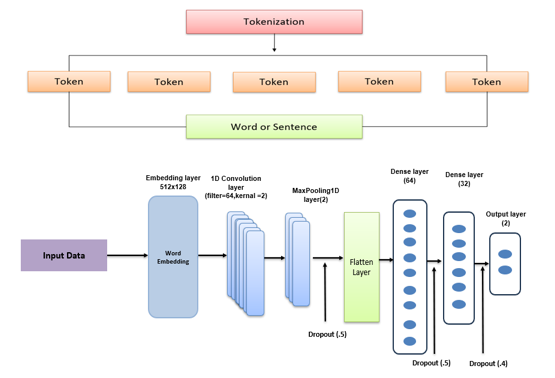Differentiating Authentic News from Fabrications using Deep Learning: A New Approach
Main Article Content
Abstract
Fake news on social media disrupts perceptions and influences decision-making. Despite the importance of detection in politics, there's a lack of research on AI and ML-focused detection models. In this paper, we suggest a novel hybrid deep learning model (CNN-DNN) that combines the convolution neural network (CNN) and deep neural network (DNN). The proposed model was evaluated on the WELFake dataset, which consists of a total of 72,134 news articles. Out of the total number of articles, 35,028 are categorized as genuine news, while 37,106 are categorized as fabricated news. The proposed model achieved the highest accuracy at 0.9732, however, the LSTM model attained the lowest accuracy at 0.960. Our goal was to develop a detection model that would efficiently curb the dissemination of false information. The efficacy of this model, which depends on multiple data sources, has been demonstrated in the context of managerial decision-making. The study offers practical insights and indicates potential areas for future research.
Downloads
Article Details

This work is licensed under a Creative Commons Attribution 4.0 International License.





